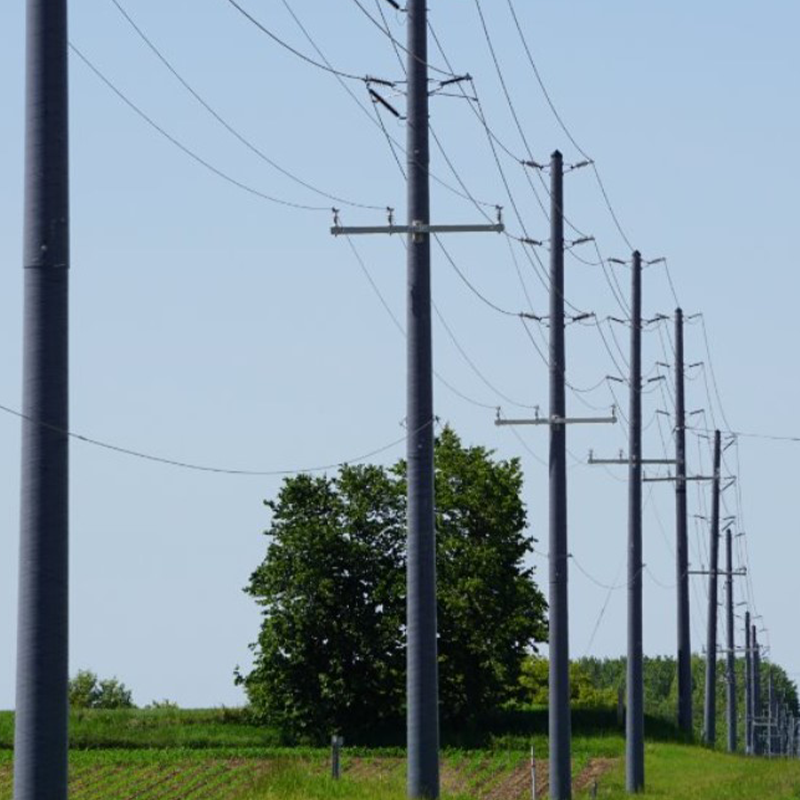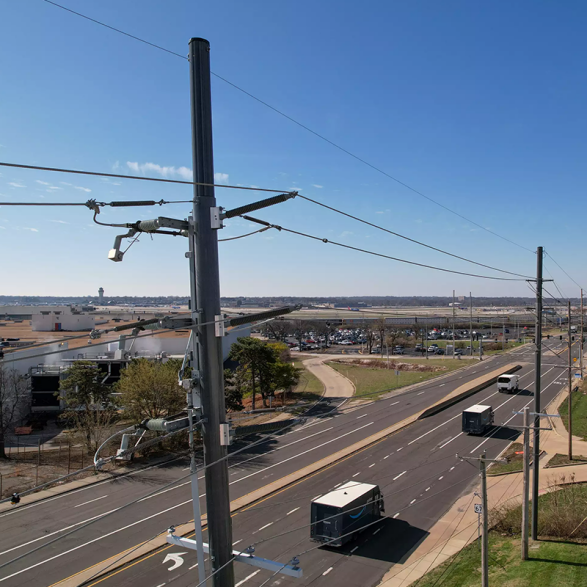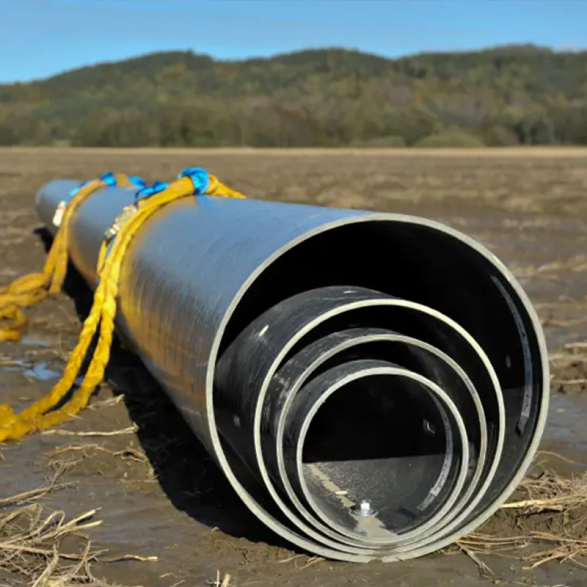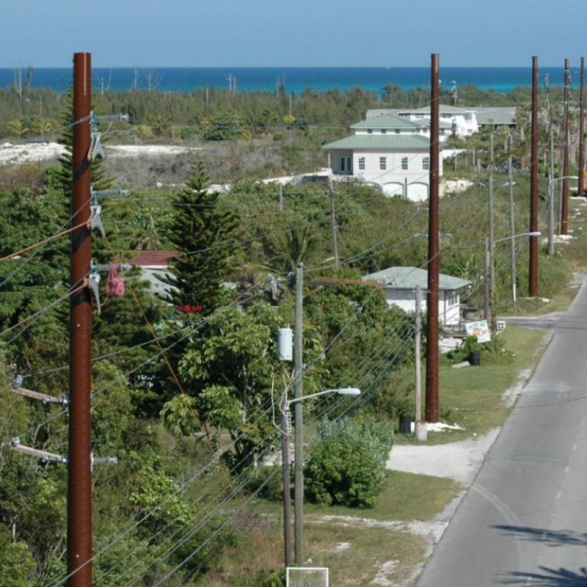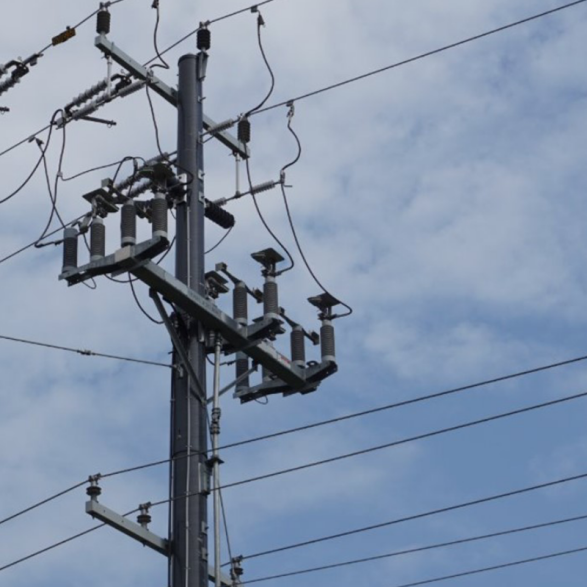फाइबरग्लास यूटिलिटी पोल कैसे कम करते हैं विद्युत कंपनियों के लिए रखरखाव की लागत
परिचय
जैसे विद्युत यूटिलिटी लंबे समय तक लागत की बचत और अधिक दृढ़ बुनियादी सुविधाओं की तलाश करती हैं, फाइबरग्लास उपयोगी खम्बे परंपरागत लकड़ी और फेरोसे की तुलना में बेहतर वैकल्पिक हो रहे हैं। परंपरागत सामग्रियों के विपरीत, फाइबरग्लास पोल्स न्यूनतम रखरखाव, संदीधन प्रतिरोध और अधिक जीवनकाल प्रदान करते हैं, यूटिलिटी कंपनियों के लिए संचालन खर्चों को महत्वपूर्ण रूप से कम करते हैं।
इस लेख में विचार किया जाएगा:
✔ फाइबरग्लास पोल का उपयोग करने से रखरखाव की लागत कम क्यों होती है
✔ लकड़ी और फेरोसे पोल की तुलना
✔ लागत की बचत की वास्तविक दुनिया की मामले
✔ लंबे समय के लाभों पर विशेषज्ञों की राय
1. पारंपरिक उपयोगकर्ता खम्बों के छुपे हुए लागतें
लकड़ी के खम्बे: अक्सर बदलाव और क्षति
लकड़ी को दशकों से उपयोगकर्ता खम्बों के लिए मानक रूप में चुना जाता है, लेकिन इसके साथ उच्च रखरखाव की लागतें होती हैं:
फटना, कीट की क्षति, और फंगस का बदलाव अक्सर जांचों और बदलाव की आवश्यकता होती है।
औसत जीवनकाल 30-40 साल है, लेकिन कई वातावरणीय तनाव के कारण पहले ही असफल हो जाते हैं।
जहरीले रसायनों (जैसे, क्रियोसोट) के साथ उपचार पर्यावरणीय और सुरक्षा की चिंताओं को बढ़ाता है।
इस्पात के खम्बे: धातुभंग और उच्च रखरखाव
इस्पात के खम्बे, जबकि मजबूत हैं, इनसे पीड़ित होते हैं:
रास्ट और धातुभंग, विशेष रूप से तटीय या उच्च-आर्द्रता क्षेत्रों में।
गैल्वेनाइज़ेशन समय के साथ खत्म हो जाती है, जिससे महंगे पुनर्मालिश की आवश्यकता होती है।
चालक प्रकृति विद्युत संबंधी जोखिमों को बढ़ाती है, जिससे अतिरिक्त सुरक्षा मापदंडों की आवश्यकता पड़ती है।
उपयोगकर्ताओं पर वित्तीय बोझ
विद्युत शक्ति अनुसंधान संस्थान (EPRI) की 2022 की रिपोर्ट ने पाया कि:
अमेरिका में अकेले लकड़ी के खम्बों की बदली में उपयोगकर्ताओं को प्रतिवर्ष $1.2 बिलियन का खर्च पड़ता है।
इसकी तुलना में फाइबरग्लास से, स्टील खम्बों की मरम्मत (रंग लगाना, जंग उपचार) उनकी जीवन की अवधि के दौरान 15-20% अधिक खर्च लगती है।
2. फाइबरग्लास खम्बों से मरम्मत की लागत को कैसे कम किया जा सकता है
1. कोई गंदगी, जंग या कीट की क्षति नहीं
फाइबरग्लास गैर-पोरस और अभेद्य है:
पानी की अवशोषण (लकड़ी की तुलना में)
कारोज़ (स्टील की तुलना में)
पक्षी और लकड़ी-खाने वाले कीट
परिणाम: 50+ सालों में कम प्रतिस्थापन और 50-70% कम रखरखाव की लागत।
2. कोई रसायनीय उपचार आवश्यक नहीं
लकड़ी के विपरीत, फाइबरग्लास को निम्न चीजें आवश्यक नहीं हैं:
क्रियोसोट या पेंटाक्लोरोफिनॉल उपचार (विषाक्त और नियमित)
नियमित प्रेसर्वेटिव पुनरावृत्ति
ईपीए सहिष्णुता बचत: कम नियामक लागत और पर्यावरणीय जिम्मेदारियाँ।
3. अधिक जीवनकाल = कम प्रतिस्थापन
लकड़ी के खम्बे: 30-40 साल
इस्पात के खम्बे: 40-50 साल (रखरखाव के साथ)
फाइबरग्लास उपयोगी खम्बे : 60-80+ साल की अवधि के साथ न्यूनतम रखरखाव
केस स्टडी: टेक्सास का एक ऊर्जा निगम फाइबरग्लास पर स्विच करने के बाद जीवनचक्र लागत में 40% कमी रिपोर्ट की।
4. जाँच और श्रम लागत कम हो गई
लकड़ी के खम्बों की सालाना जाँच डालें की आवश्यकता होती है, जो गंदगी और संरचनात्मक कमजोरी की जाँच करती है।
फाइबरग्लास उपयोगी खम्बे केवल 5-10 साल की जाँच की आवश्यकता होती है, जो श्रम खर्च को काटती है।
उदाहरण: फ्लोरिडा पावर एंड लाइट ने अपने प्रणाली में अपनाने के बाद जाँच की लागत में $3 मिलियन/साल की बचत की। फाइबरग्लास।
5. कम वहन और स्थापना लागत
फाइबरग्लास इसका वजन स्टील की तुलना में 30% कम होता है, जिससे शिपिंग और क्रेन लागत कम हो जाती है।
स्थापना के लिए भारी मशीनों की आवश्यकता नहीं होती, जिससे परियोजनाओं की गति बढ़ जाती है।
औद्योगिक डेटा: रिपोर्ट के अनुसार, रेशमी-पत्थर के साथ 15-25% तेजी से स्थापना हुई।
3. वास्तविक दुनिया में लागत कटौती: मामला अध्ययन
मामला अध्ययन 1: पैसिफिक गैस एंड इलेक्ट्रिक (PG&E)
चुनौती: पुराने लकड़ी के खम्बों के कारण उच्च वनाग्नि जोखिम।
हल: 5,000+ खम्बे स्थापित किए गए फाइबरग्लास उपयोगी खम्बे आग के खतरे वाले क्षेत्रों में।
परिणाम:
खम्बे से संबंधित आगों में 60% कमी
5 साल में रखरखाव पर $8 मिलियन की बचत
मामला अध्ययन 2: ऑस्ट्रेलियाई पावर ग्रिड अपग्रेड
चुनौती: समुद्री क्षेत्रों में धातु के खम्बों को नष्ट करने वाला सागरीय संजन।
समाधान: फाइबरग्लास कंपोजिट पोल्स पर स्थानांतरित किया गया। फाइबरग्लास कंपोजिट पोल्स।
परिणाम:
10 सालों में जीर्ण-से कोई विफलता नहीं।
$12 मिलियन कोटिंग और बदलाव में बचाया गया।
4. लंबे समय की बचत पर विशेषज्ञों की राय।
डॉ॰ एलन रॉबर्ट्स, मटेरियल्स इंजीनियर (EPRI):
*"फाइबरग्लास उपयोगी खम्बे 70 साल की सेवा जीवन के साथ लगभग कोई अवनमन नहीं होता है। अब उन्हें택 करने वाली यूटिलिटीज चार्ज्ड में घटाव की वजह से 15 साल के भीतर ROI देखेंगी।"*
लिसा चेन, CFO एक मध्य पश्चिमी यूटिलिटी की:
"हमने अपनी ग्रिड का 20% फाइबरग्लास पर स्थानांतरित किया और हर साल $1.2 मिलियन का रखरखाव बजट काट दिया। बदलाव की अवधि केवल 8 साल थी।"
5. भविष्य: स्मार्ट ग्रिड्स & फाइबरग्लास पोल्स
5G और स्मार्ट सिटी के विस्तार के साथ, फाइबरग्लास उपयोगी खम्बे पेश करते हैं:
✔ छोटे सेल अनुबंधन के लिए बेहतर डूरदार्शिता
✔ कोई सिग्नल अवरोध नहीं (गैर-चालक)
✔ कम लंबे-अवधि अपग्रेड लागतें
डाक्षिणात्य यू.एस. में एक टेलीकॉम परियोजना ने पाया कि फाइबरग्लास पोल्स इसने इस्पात की तुलना में अनुबंधन लागतों को 30% कम कर दिया।
निष्कर्ष: लागत को बचाने वाला खेल बदलने वाला
फाइबरग्लास उपयोगी खम्बे यह साबित हुआ है कि यांत्रिक खरচों को घटाने में मदद करता है:
✅ गंदगी, जंगी और कीट नुकसान को खत्म करना
✅ 60 साल से भी अधिक की आयु बढ़ाना
✅ जाँच और मजदूरी के खर्चों को कम करना
✅ वनाग्नि और सब्ज़ी होने के खतरों को कम करना
इलेक्ट्रिक पावर कंपनियाँ जो अब बदलती हैं, उन्हें अधिक विश्वसनीय और लागत-कुशल बुनियादी सुविधाओं के साथ प्रतिस्पर्धा का फायदा मिलेगा।


